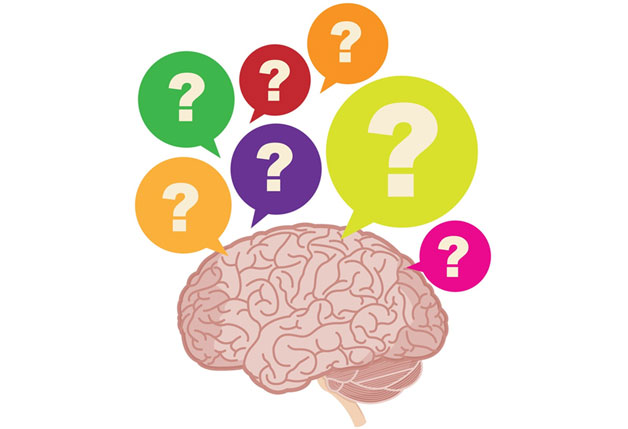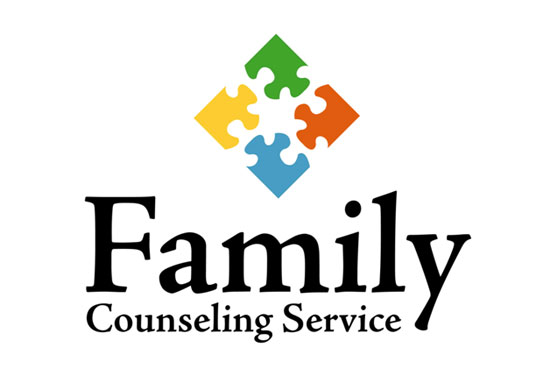Residential treatment
The Elements of Residential Treatment
A study in the journal Addiction shows that people who receive help with recovery from addiction are more likely to stay in recovery for longer periods than those who don’t receive care. Sixty-two percent of those who had professional help in treating their addiction remained in recovery for three years after
Treatment, compared to only 43 percent of those who didn’t get treatment. In addition, 57 percent of those who made it three years were still free of the substance after a total of 16 years. This shows that getting professional treatment is vital to reaching the best outcome.
Residential treatment in particular is often more helpful because it requires that the person stay in treatment for the amount of time necessary to affect change.
As per the NIDA, it is stated that an essential element of drug addiction treatment is staying in treatment long enough to complete the various components of the program, because this enables people to emerge with the highest level of confidence in their newly learned skills and tools for remaining in recovery. Because of this, each of the components of a high-quality treatment program works best when it is designed to help individuals get through the entire treatment process.

Residential hospice provides 24-hour care in a setting where the focus is helping individuals achieve and maintain recovery from addiction. Because of this, these programs are able to offer a breadth of services that are more likely to help clients develop capabilities and tools to stay in recovery well after leaving the program. These include:
Medically supported detoxification and withdrawal, if needed
Medically supported maintenance care, if needed
Individual therapies, such as Cognitive Behavioral Therapy
Family or couples counseling

Building skills and tools that are necessary for life post treatment
Follow-up care after the formalized program ends
Medically Supported Detoxification and Withdrawal
The physical components of treatment involve freeing the body of its dependence on the addictive substance.
When people enter drug treatment, one of the first crucial tasks is to detoxify the system and get through the often challenging, and sometimes dangerous, process of withdrawing from the addictive substances. In residential treatment, this is best performed through medically supported detoxification and withdrawal that can help ease the symptoms of withdrawal while keeping individuals safe.
Withdrawal usually involves at least some discomfort, which can be lessened through various medications administered by doctors and other medical professionals.
Managing withdrawal symptoms is vital to a successful residential program, as the person is more likely to remain in hospice if withdrawal symptoms are kept under control.
In the case of addiction to certain substances, such as alcohol, opiates, and benzodiazepine drugs (benzos), withdrawal can be dangerous and even life-threatening. Another study from the journal of Addiction shows that even low-dose benzos, if used over a long period of time, can result in severe withdrawal symptoms that must be managed under the care of a professional who can administer medications to help prevent the worst symptoms. Individuals addicted to alcohol, opiates, and benzos should never attempt to detox cold-turkey on their own.
For some people, medicines are an effective way to maintain abstinence from their addiction until they can better manage the challenge of recovery on their own. For withdrawal from alcohol or opiates, for example, maintenance medications can help reduce cravings and the need for the high that the substance provides. This can give the person more time to develop tools to avoid behaviors and situations that might trigger relapse.
Because these medications can come with their own risks and are required to be administered under the care of a doctor, they are most easily managed in a residential program where medical professionals can oversee their use or discontinuation.
Medically Supported Maintenance


Other components of treatment involve psychological and social therapies that help the person being treated to understand and manage contributing factors to the addiction. This can be especially helpful for those who have a dual diagnosis, such as addiction that occurs alongside depression or anxiety. In cases of dual diagnosis, all co-occurring issues must be treated simultaneously, so it’s important to have a treatment team that understands all the factors in play.
Comprehensive Therapy Vs Cognitive Behavioral Therapy
Research from the journal Psychiatric Services has shown that something as simple as the rapport experienced between a counselor and client can contribute to a higher likelihood of continued recovery after treatment. As a result, individual therapy is essential to effective addiction treatment. While most programs incorporate some forms of group therapy, specific gains are often made in individual therapy.
Educating clients about the mental and emotional contributors to their addiction can help them recognize the triggers that might reignite the addictive cycle. It is also helpful to enable individuals to process the thought patterns that accompany cravings and the relationships that may encourage relapse, so they can develop coping mechanisms to help them work through, or avoid, certain thoughts or circumstances that might cause them to relapse. This can be accomplished through various forms of therapy.
Family or Couples Counseling and Education

During residential treatment, it’s helpful to get the individual’s family or partner involved in therapy. This can encourage family members to support the person’s new skills and behaviors after treatment is over. In order to get loved ones involved, therapy and education are needed.
As discussed in the Treatment Improvement Protocols from the Substance Abuse and Mental Health Services Administration (SAMHSA), information about the substance abuse disorder and its implications can support the recovery person’s loved ones. This information includes:
What the treatments are and how they work
What to expect after the person is released from treatment
How to support the results of treatment
Post-treatment programs and resources
It’s also important to provide counseling to the individual and loved ones together to help everyone involved learn how to build new patterns that support recovery rather than returning to old behaviors that could lead to relapse. This can help the family learn to recognize and avoid codependent or enabling behaviors, thereby building a healthier way of relating to each other in order to prevent the thoughts and situations that may lead to relapse